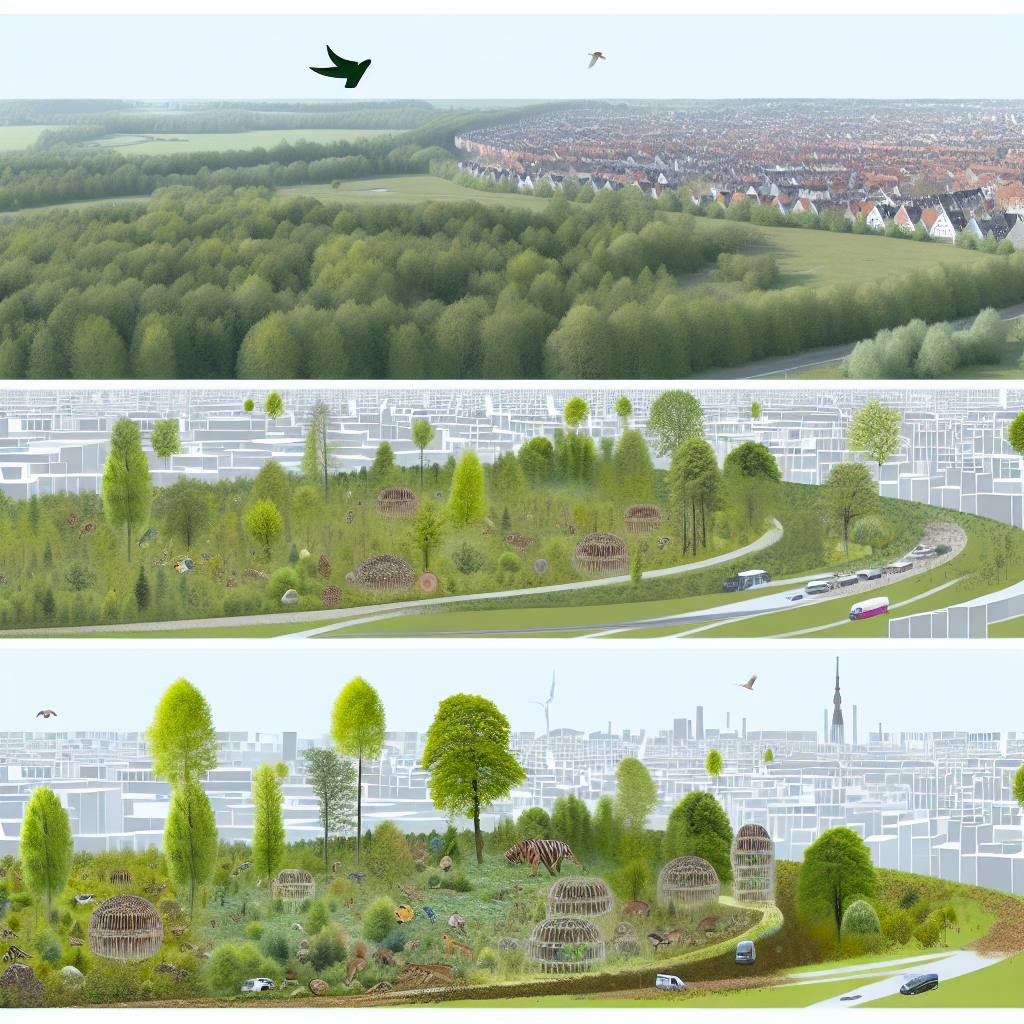
The Impact of Urbanization on Biodiversity and Natural Ecosystems in Germany
Urbanization is one of the defining processes of the modern era, bringing about significant societal and economic benefits. However, it also poses immense challenges to biodiversity and natural ecosystems, particularly in a country like Germany, which is characterized by a blend of dense urban areas and rich biodiversity.
The Tremors of Urban Expansion
Over the past few decades, Germany has witnessed a steady rise in urbanization. This surge has led to the expansion of cities and towns, resulting in increased consumption of land, which directly affects the natural habitats. Urban areas tend to encode a complex mix of residential, commercial, and industrial facilities that impose a heavy burden on nature.
As urban spaces expand, natural landscapes undergo drastic transformations. Forests and wetlands, crucial for maintaining ecological balance, are often replaced with concrete structures. Such changes invariably lead to habitat loss, which is one of the primary causes of species decline worldwide.
Fragmentation of Ecosystems
One of the consequential effects of urbanization is ecosystem fragmentation. Wildlife habitats, once continuous, become isolated patches due to infrastructure development such as roads and railways. This fragmentation hinders species movement and genetic exchange critical for population sustainability.
In Germany, certain species like the European wildcat and the hazel dormouse have been profoundly impacted. These species rely on dense, contiguous habitats to thrive, making them vulnerable to urban-induced barriers.
Pollution and Its Perils
Urbanization is often accompanied by increased pollution levels, including air, noise, and light pollution. In Germany, urban areas contribute significantly to environmental degradation through emissions from transportation, industries, and residential heating.
Air pollution not only impacts human health but also affects plant and animal life. Pollutants can alter soil chemistry and water pH levels, disrupting plant growth and aquatic life. Moreover, light pollution can interfere with the nocturnal behaviors of species, affecting their reproductive cycles and predator-prey interactions.
Increased Resource Consumption
Urban areas demand vast amounts of resources, putting natural systems under enormous pressure. Water, energy, and raw material consumption is considerably higher in cities, often leading to resource depletion and degradation in surrounding ecosystems.
The demand for resources has also led to intensified agriculture in peri-urban areas of Germany, which further impacts biodiversity through land conversion and chemical use.
Conservation Efforts and Strategies
Despite these challenges, Germany is actively working towards balancing urban development with conservation. Initiatives such as the National Biodiversity Strategy focus on protecting and enhancing the country’s rich biodiversity by creating green belts, restoring natural habitats, and implementing sustainable urban planning.
Urban planning strategies emphasize the integration of green roofs, urban gardens, and natural corridors to mitigate the impact of urban sprawl on biodiversity. Furthermore, public awareness campaigns aim to highlight the importance of cohabitation between urban areas and natural ecosystems.
Conclusion
Urbanization in Germany presents a multifaceted challenge to biodiversity and natural ecosystems. While it fuels economic growth and societal development, it also pressures natural habitats and species. Through strategic planning and conservation efforts, there is hope to sustain biodiversity amid ongoing urban expansion. Continuing this balanced approach will be essential for the long-term health of both urban environments and natural ecosystems.
«`